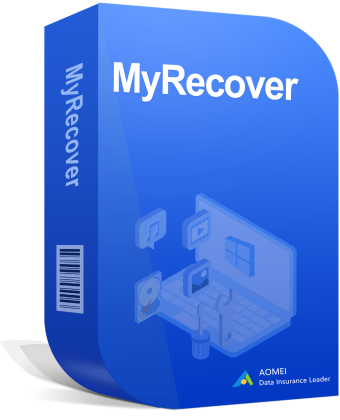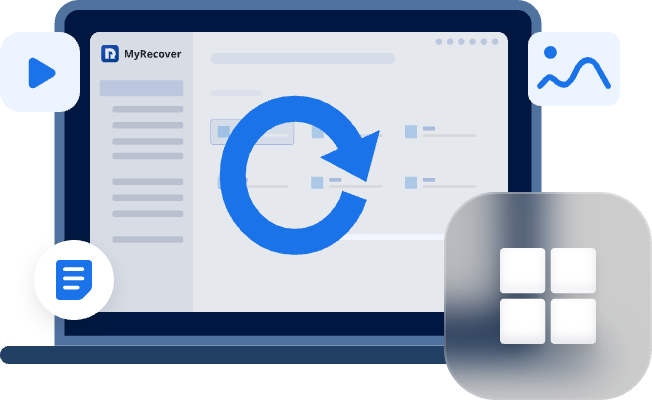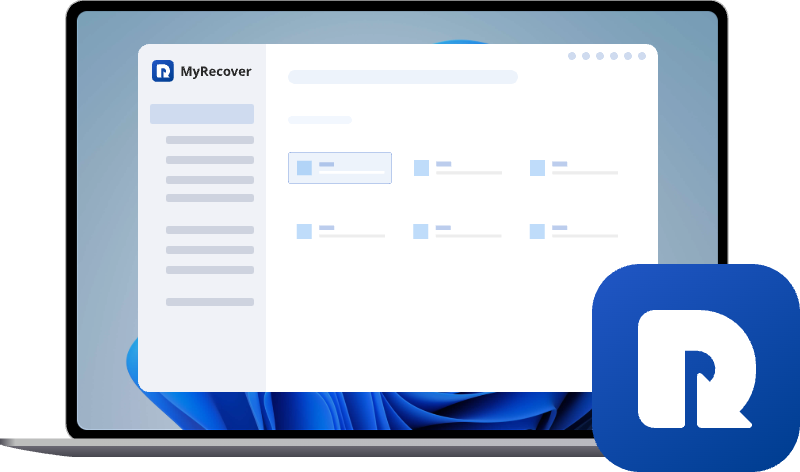SD Card Not Showing Up in File Explorer: Top 8 Fixes
Is your SD card not showing up in File Explorer on Windows 10 or 11? This article explores the most common causes behind this issue and provides eight practical fixes to restore SD card visibility on your Windows PC. Follow these instructions to get your storage back in action quickly.
SD Card Not Showing Up on My PC, Help!
Hello all, I’m having an issue with a SanDisk SD card that I normally use with my camera. When I insert it into my PC (Windows 11) using my USB card reader, the SD card is not showing up in File Explorer. However, it does appear in Device Manager under "USB Mass Storage Device", and it says the device is working. I’ve tried different USB ports and even restarted the PC, but the result is the same.
I’d appreciate any guidance on what I can try next. I’m not especially technical, but I can follow instructions if someone can point me in the right direction. Thanks kindly.
- Question from RonJacobi
It’s incredibly frustrating when you insert your SD card into your computer and nothing happens. You open File Explorer, expecting to see your files, but the SD card simply isn’t there. Whether it’s full of travel photos, work documents, or videos, this problem can cause real panic especially if the data is important.
Actually, you’re not alone, many users face this exact issue. SD card detection problems can stem from hardware issues, driver corruption, or logical errors. Luckily, in most cases, your files are still on the card. Windows just unable to access them.
Why My SD Card Not Showing Up in File Explorer
Before we jump into the fixes, it’s important to understand why this happens. This issue can occur not only with SD cards, but also with external hard drives and internal hard drives of various brands. Understanding these causes will help you avoid this problem from now on. Common causes include:
- Connection problems: faulty USB ports, card readers, or adapters.
- Drive letter conflicts: your SD card might not have a valid drive letter.
- Driver issues: outdated or corrupted SD card drivers can block detection.
- Write protection or physical lock: some SD cards have a physical switch that prevents access.
- Corrupted file system: if the SD card’s structure is damaged, Windows won’t mount it properly.
- Hardware damage: bent pins or short circuits inside the card reader can cause the SD card to go undetected.
How to Recover Data from Not Showing Up SD Card
Blindly trying to fix an SD card that doesn’t show up in File Explorer will increase the risk of data loss from the SD card. It’s recommended that you first ensure the safety of important photos or videos in the SD card before turning to fix the issue. As a professional data recovery software, MyRecover supports over 1,000 file types like documents, videos, pictures, archives and more. It specializes in recovering files from inaccessible hard drive, even when Windows File Explorer doesn’t detect them.

- Recover files from a variety of Windows OS.
- Retrieve a wide range of files, including documents, photos, videos, etc.
- Recover data from any situation, including accidental deletion, formatting errors, emptied Recycle Bin, etc.
- Support 500MB of free data recovery.
Step 1. Download and install MyRecover on your computer from Microsoft Store.
Step 2. Remove the SD card from your camera or Dashcam and connect it to the computer with a correct card reader.
Step 3. Launch the program and select the SD card to scan, then click "Scan".
Step 4. Choose the files you wish to recover from the recoverable lists and click "Recover". If you don’t have any data to recover, select the "Existing Files" folder under the "Path" tab to extract all photos and videos from the SD card.
Step 5. Select a destination location different from the SD card to save the recovered files.
When the process is completed, you'll see the message "Files have been recovered successfully". Then you can access and check the recovered files in the destination folder path by clicking on the "Browse" button.
How to Repair the "SD Card Not Showing Up in File Explorer" Issue
Now that your data is safe, you can move on to fixing the SD card itself. Let’s try different troubleshooting methods step-by-step to bring your SD card back to normal.
Solution 1. Check the Connection
When the "SD card not showing up in File Explorer" error occurs, checking the connection between the SD card and the computer immediately is always the right thing to do.
- Try another USB port or card reader.
- Use the SD card on another computer or camera.
- Clean the card’s metal contacts gently with a soft cloth.
If it’s recognized elsewhere, the problem lies in your PC or reader. If it's still not showing up, you can turn to the methods below.
Solution 2. Check the Drive Letter Conflict
If the SD card only appears in Disk Management but not in File Explorer, the problem might lie with the drive letter. Check if the drive letter is missing or conflicting with other drives.
Step 1. Press "Win" + "R" and choose "Disk Management" to open it.
Step 2. Locate the SD card and right click on it, then choose "Change Drive Letter and Paths".
Step 3. Assign a new letter and click "OK" to save the changes. You should now see your SD card in File Explorer.
Solution 3. Update the SD Card Driver
Outdated or faulty drivers can prevent your SD card from appearing on Windows 10/11. Here's how to fix it:
Step 1. Press "Win" + "R" and choose "Device Manager" to open it.
Step 2. Expand the "Potable Devices" and right click on the SD card, then choose "Update driver".
Step 3. Click "Search automatically for updated drivers software" to continue the process.
If this doesn’t work, choose "Uninstall device", then Restart your PC. Windows will reinstall the driver automatically.
Solution 4. Enable the SD Card
Sometimes, Windows disables the device accidentally. Open Device Manager and expand the "Portable Devices" category and look for the SD card. Follow these steps to enable it:
Step 1. Open Device Manager and click "Action".
Step 2. Select "Scan for Hardware Changes" to scan for hardware changes on your computer.
Step 3. Expand "Portable Device" and right click on the SD card, then choose "Properties".
Step 4. Go to "Driver" tab, if you see an "Enable Device" option here, click it to enable the card.
Solution 5. Ensure SD Card isn't Locked
Some SD cards have a lock switch on the side. If it’s in the "Lock" position, the card becomes read-only, which can stop it from showing up properly. Slide the switch to the unlocked position and reconnect it.
Solution 6. Run CHKDSK Command
If the SD card is detected but inaccessible, it might have file system errors. CHKDSK command is a built-in utility that scans a hard drive for error and attempts to repair file system and logical error.
Step 1. Open Command Prompt and run it as administrator.
Step 2. Type the following command "chkdsk G: /f /r" and press "Enter" key. Replace the drive letter "G" with your actual SD card drive letter. Then the command will automatically fix the errors.
Solution 7. Ensure the SD Card isn't Write-Protected
If your SD card is write-protected, you can’t modify or read it properly. Disable write protection using Command Prompt can restore access to the SD card.
Step 1. Open Command Prompt and run it as administrator.
Step 2. Type the following command:
Diskpart
List disk
Select disk 1 (replace the number 1 with your SD card actual disk number)
Attributes disk clear readonly
Now reconnect your SD card and check it in in File Explorer.
Solution 8. Format the SD Card
If none of the above works, the SD card file system might be beyond repair. You can format it as a last resort. However, formatting an SD card will erase all photos and videos on it. If the data on the card is critical, you’d better first recover it using a professional data recovery tool like MyRecover.
Step 1. Press "Win" + "X" and choose "Disk Management" to open it.
Step 2. Navigate to your SD card and right click on it, then choose "Format".
Step 3. Choose a file system depending on your device compatibility and check the "Perform a quick format" option, then click "Start" to begin the process.
Even if you didn’t recover the data in advance, you can still restore data from formatted SD card using MyRecover.
Conclusion
When your SD card is not showing up in File Explorer, it doesn’t necessarily mean your data is lost. It could simply be a driver issue, a missing drive letter, or a corrupted file system. If you care about your data like photos, videos, or project files, recover them first using MyRecover.
Once your data is safe, you can confidently move through the repair steps above to bring your SD card back to life. For users with more advanced requirements, the MyRecover Professional edition supports unlimited data recovery capacity and file content previewing before restoration. It’s an essential toolkit for both personal and professional use.


